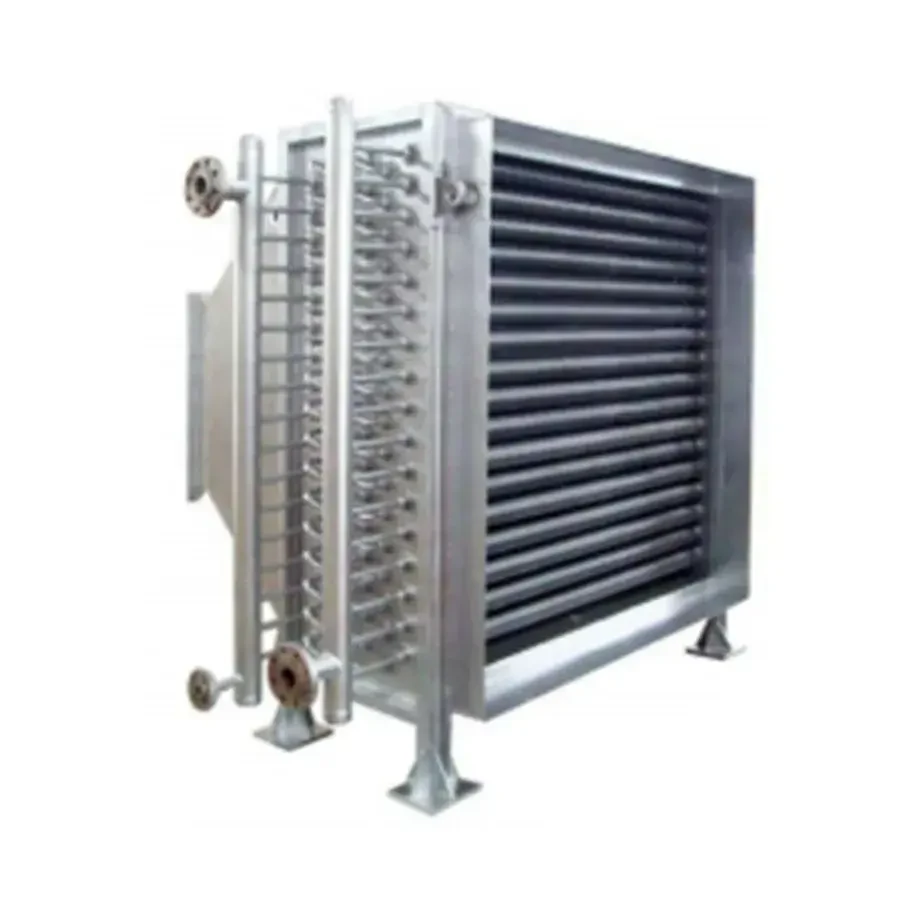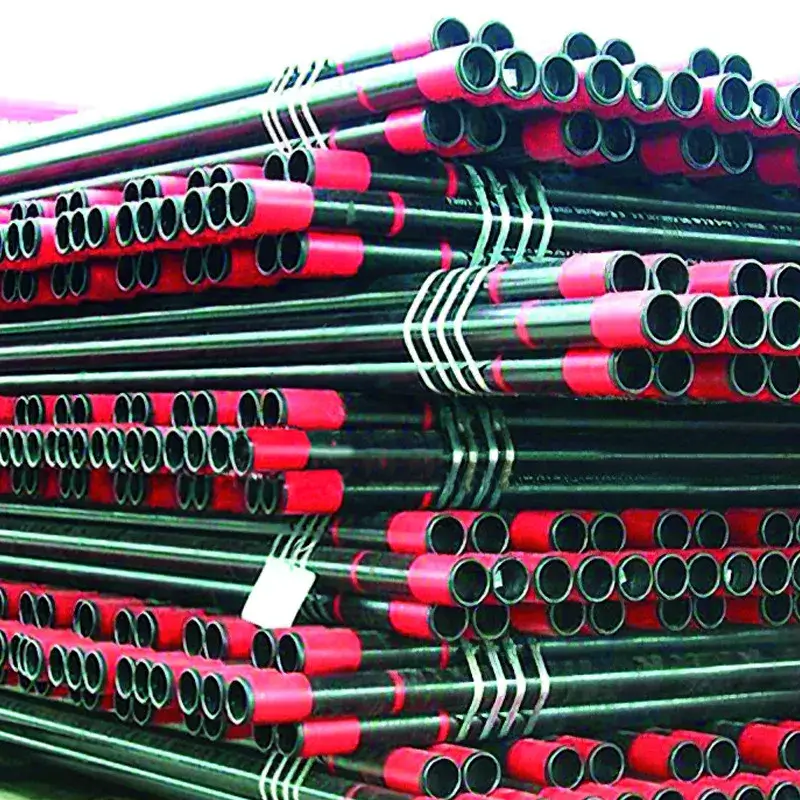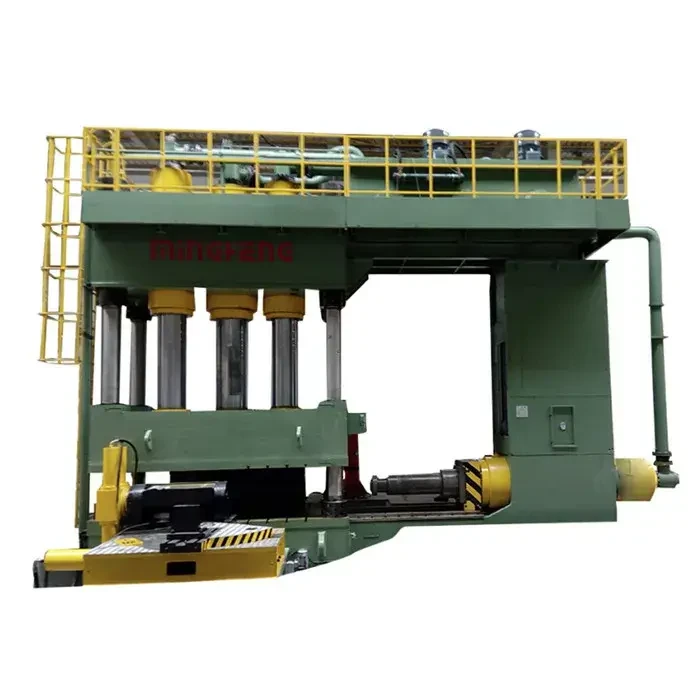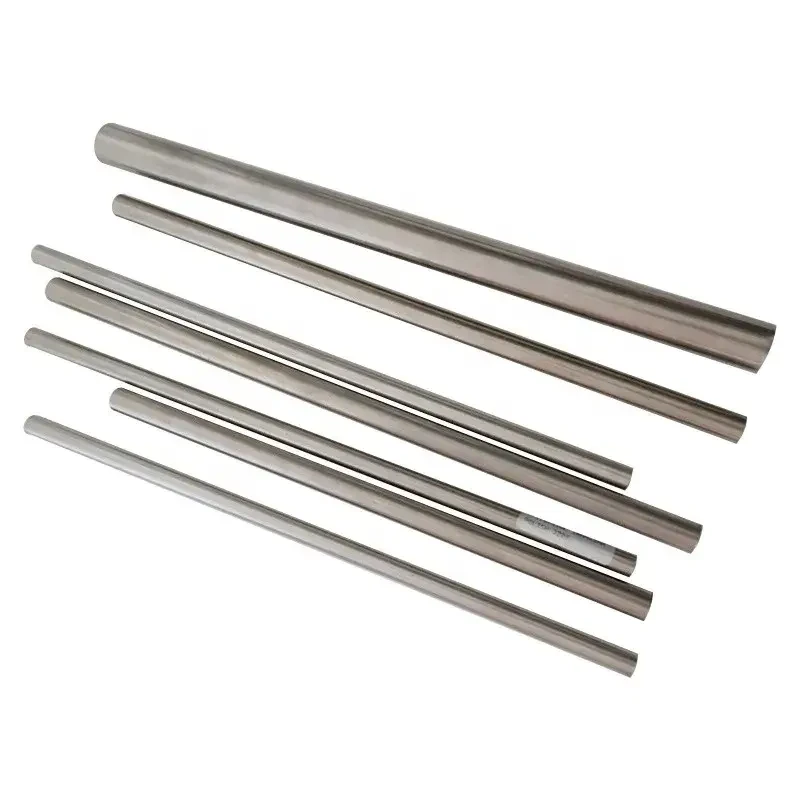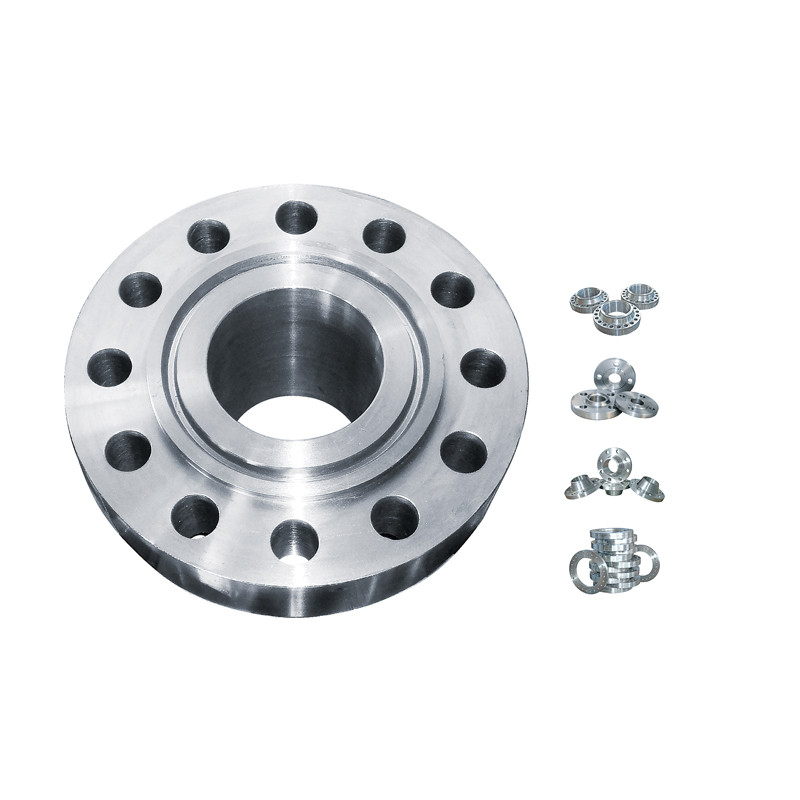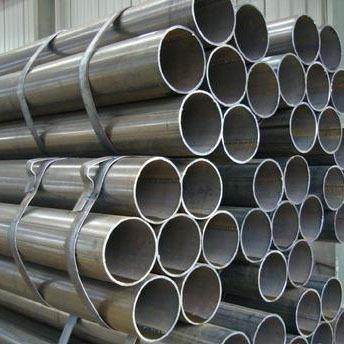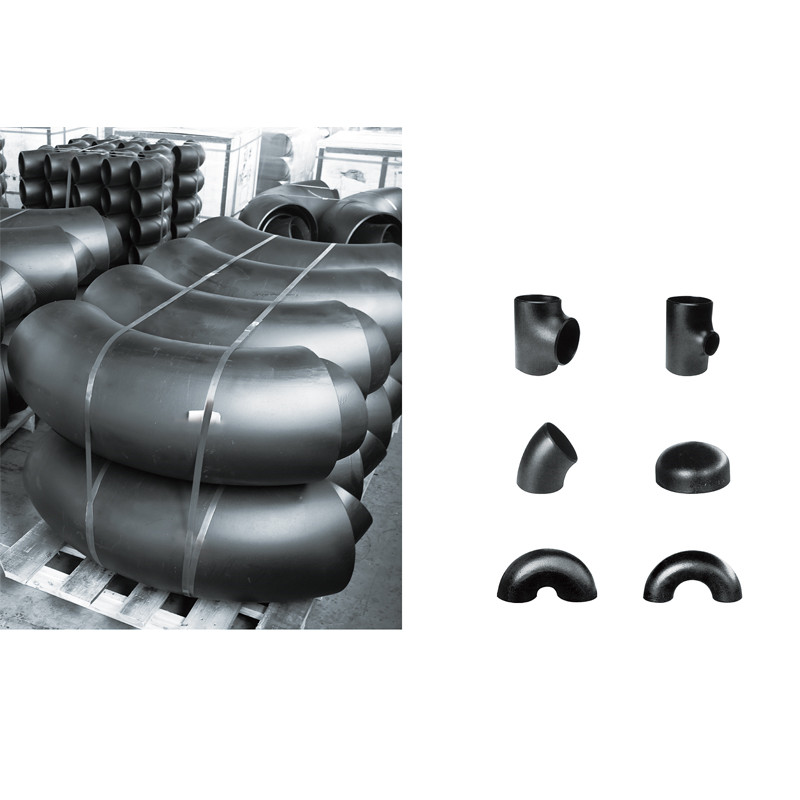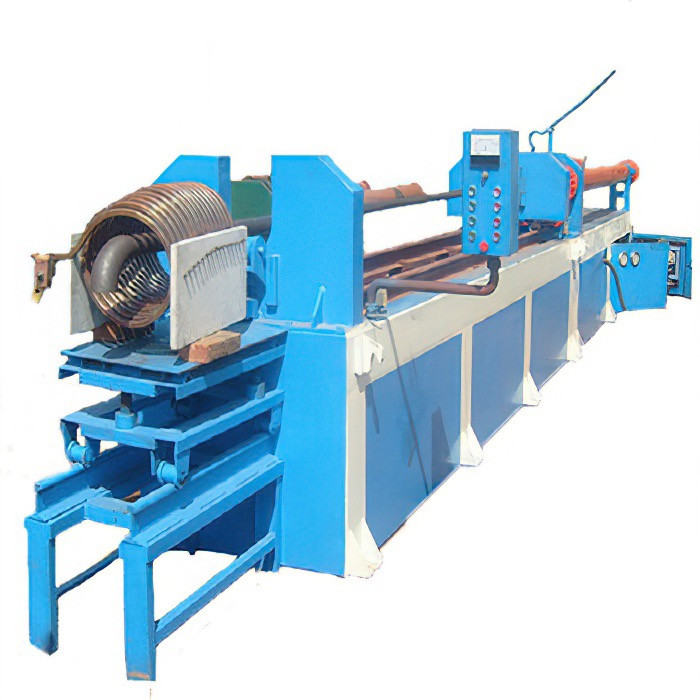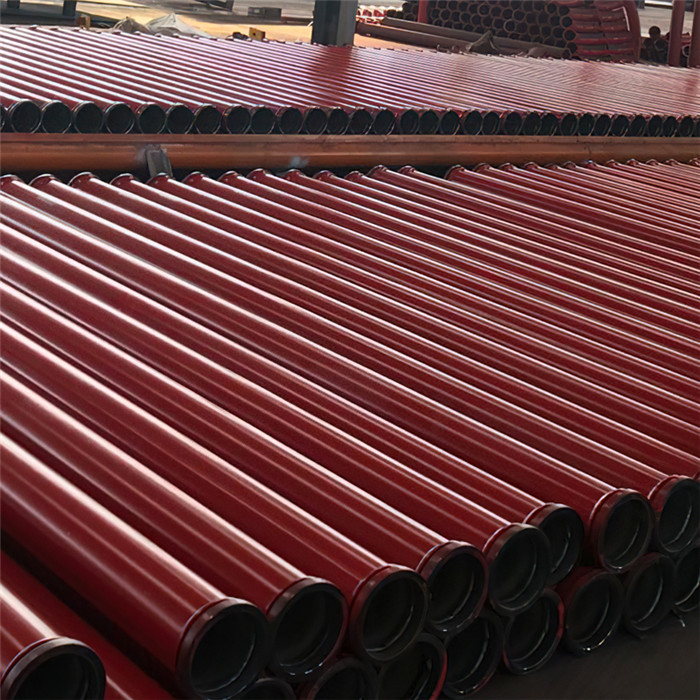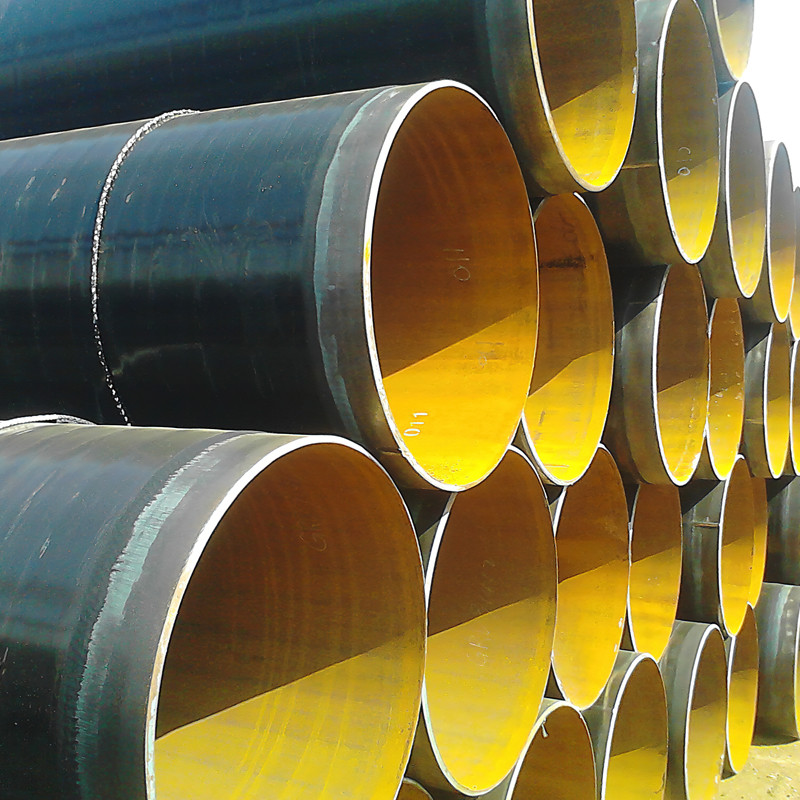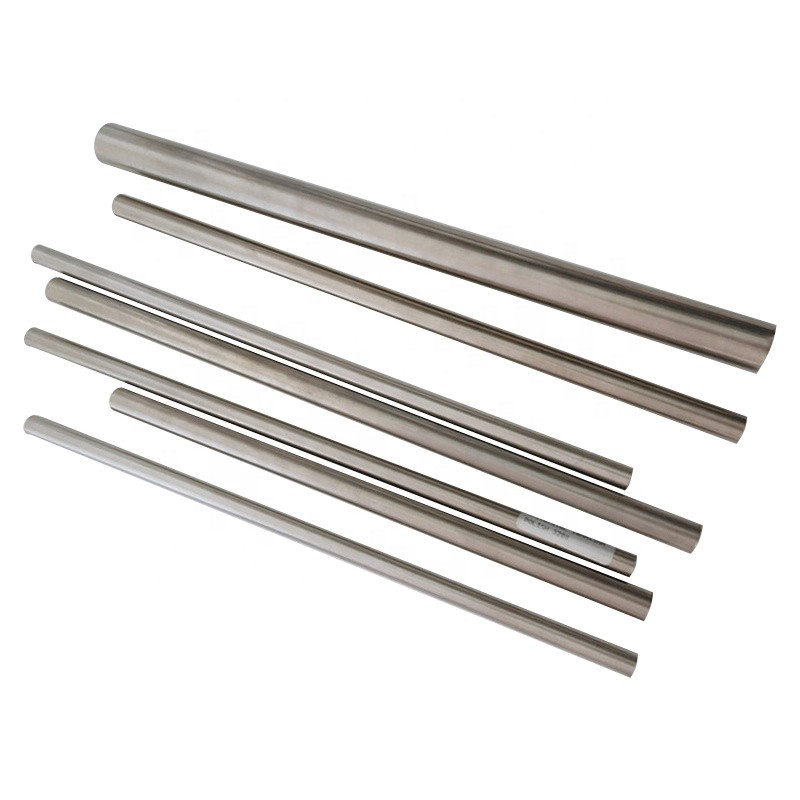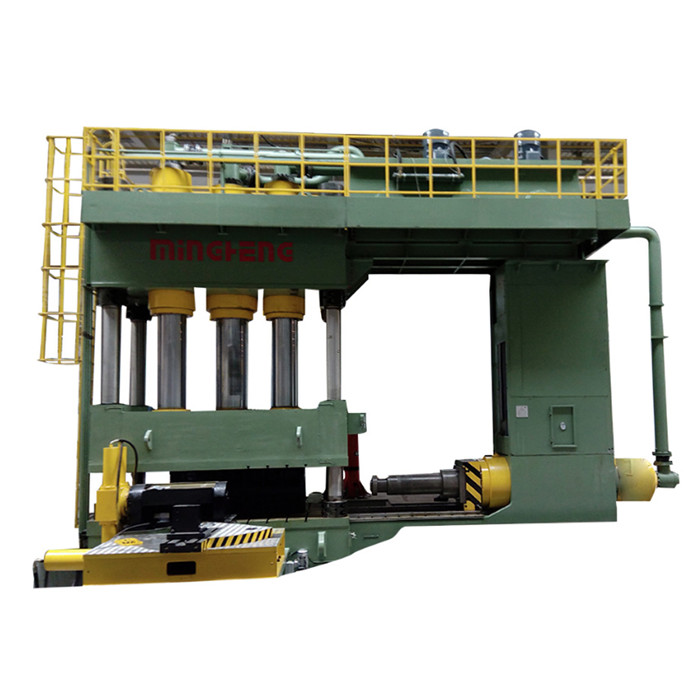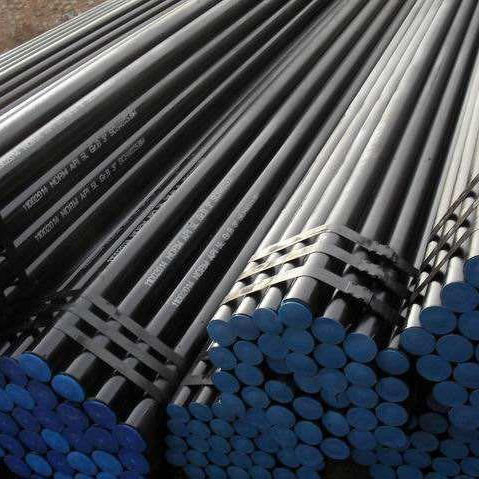The vast, interconnected network of pipelines transporting oil, gas, water, and chemicals across continents represents critical infrastructure. Its failure is not an option. Yet, the relentless enemy of steel – corrosion – threatens this network daily. Left unchecked, corrosion eats away at pipe walls, leading to leaks, catastrophic ruptures, environmental devastation, costly repairs, and halted operations. The primary, indispensable defense against this pervasive threat is the strategic application of advanced pipeline coating types. These sophisticated barriers shield the steel from corrosive elements in soil, water, and the product itself. Understanding the function, variety, and application of pipeline coating types, including the robust 3lpe coated pipe and the fundamental black coated pipe, is paramount for ensuring pipeline integrity, maximizing lifespan, and guaranteeing safety. Choosing the right coating is an investment in security and sustainability.
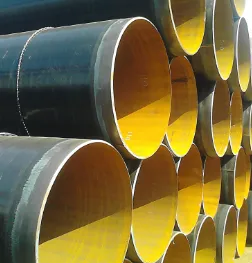
The Imperative Shield: Understanding Pipeline Coating Types
Pipeline coating types are not mere paint; they are engineered systems designed to isolate steel pipe from its corrosive environment, acting as a physical and chemical barrier. The selection of appropriate pipeline coating types is a cornerstone engineering decision, directly dictating a pipeline's operational life, safety record, and maintenance costs. These coatings fall into two primary categories: external and internal. External coatings protect the pipe from soil chemistry, groundwater, atmospheric conditions, and mechanical damage during backfilling. Internal coatings shield against corrosion from the transported medium (like corrosive gases or liquids) and often serve to reduce hydraulic friction, enhancing flow efficiency and lowering pumping costs. Key performance characteristics include:
- Adhesion:The coating must bond tenaciously to the steel substrate.
- Cathodic Disbondment Resistance:It must not lift away from the steel when cathodic protection (CP) currents are applied.
- Dielectric Strength:Preventing electrical current flow (which drives corrosion).
- Mechanical Properties:Resistance to impact, abrasion, and soil stress.
- Chemical Resistance:Withstanding soil chemicals, hydrocarbons, and transported media.
- Temperature Stability:Performing across operational temperature ranges.
- Flexibility:Accommodating pipe bending during installation.
- Longevity:Providing protection for decades.
The evolution from simple materials like coal tar and asphalt towards high-performance polymers like Fusion Bonded Epoxy (FBE), Polyethylene (PE), and Polypropylene (PP) reflects the industry's demand for longer-lasting, more reliable protection. Selecting the optimal pipeline coating types requires rigorous analysis of the pipeline's route, burial depth, soil resistivity, operating temperature and pressure, product characteristics, design life, and economic constraints.Beijing Sinoworld Steel Material Co., Ltd. (established in 2012) specializes in pipeline deep processing, offering 3PE coating, FBE coating, and galvanizing services. Our 3LPE coatings, validated by projects like the 3LPE UG Pipe Project in Tanzania, integrate an FBE base layer with a polyethylene topcoat, meeting API 5L and GB standards for buried pipelines.
The Workhorse: Black Coated Pipe (FBE) in Focus
The term black coated pipe specifically denotes pipelines protected by Fusion Bonded Epoxy (FBE) coating. This designation arises from the characteristic dark brown to black appearance of the cured epoxy layer. While the 3lpe coated pipe offers maximum armor, the black coated pipe (FBE) remains a fundamental, highly effective, and widely used pipeline coating type due to its inherent advantages:
- Superior Adhesion & CP Compatibility:FBE forms an unparalleled chemical bond with the steel substrate. This strong adhesion translates directly into outstanding resistance to cathodic disbondment, allowing it to work flawlessly in conjunction with cathodic protection systems – the secondary line of defense against corrosion.
- Excellent Dielectric Properties:It provides a highly effective insulating barrier, electrically isolating the pipe from its environment.
- Broad Chemical Resistance:It withstands attack from a wide range of soil chemicals and many transported hydrocarbons and chemicals.
- Temperature Versatility:FBE coatings perform reliably across a wide operational temperature range, making them suitable for both hot and cold service pipelines.
- Relatively Thin & Lightweight:Compared to thick polyolefin systems, FBE application is thinner (300-500μm), adding minimal weight and bulk.
- Ease of Application & Repair:The coating process is well-established, and field joints or damaged areas are relatively straightforward to repair using compatible FBE or liquid epoxy materials.
- Cost-Effectiveness:Generally, FBE offers a lower initial material and application cost compared to multi-layer polyolefin systems.
The black coated pipe is ideal for less abrasive soil conditions, above-ground piping systems, refinery and plant piping, and as the essential corrosion-protective base layer within 3LPE and 3LPP systems. Its simplicity, effectiveness, and proven track record ensure its continued prominence among essential pipeline coating types.
Guarding the Flow: Internal pipeline Coating Types
While external coatings shield the pipe from the environment, internal pipeline coating types protect the pipe wall from corrosion by the transported product and offer significant operational benefits:
Corrosion Prevention: Shielding steel from corrosive gases (like H2S, CO2), water, acids, or other aggressive fluids transported within the pipeline.
Drag Reduction: Creating an ultra-smooth surface that significantly reduces friction between the flowing product and the pipe wall. This lowers pumping energy requirements, reduces pressure drops, increases throughput capacity, and ultimately leads to substantial operational cost savings over the pipeline's life.
Product Purity: Preventing contamination of the transported product (e.g., food-grade materials, purified water) by rust or scale from the pipe wall.
Reduced Maintenance: Minimizing scale buildup and solids deposition, leading to fewer pigging operations and clean-outs.
Internal coatings are typically liquid-applied after meticulous surface preparation (often centrifugal blasting and cleaning). Common pipeline coating types for internal use include:
Liquid Epoxies: The most prevalent type, offering excellent adhesion, chemical resistance, and smoothness. Bicomponent liquid epoxy paints are widely used. Specific formulations exist for potable water, crude oil, gas, and chemical service.
Specialty Coatings: For extreme conditions (high temperature, specific chemical resistance), materials like phenolic epoxies or novolac epoxies might be used.
Internal coating application requires specialized equipment, often involving centrifugal spraying for smaller diameters or robotic sprayers for larger lines, ensuring a uniform, high-quality film. The key application is for reducing investment (smaller pumps possible) and maintenance costs through drag reduction and corrosion prevention.
Securing Tomorrow: Innovation and the Future of Pipeline Coating Types
The field of pipeline coating types is not static. Continuous research and development focus on enhancing performance, longevity, application efficiency, and environmental sustainability:
Advanced FBE Chemistries: Developing formulations with higher temperature resistance, faster cure times, improved flexibility at low temperatures, and enhanced resistance to specific chemicals like concentrated acids or strong alkalis.
Polyolefin Advancements: Creating PE and PP topcoats with superior resistance to stress cracking, higher temperature stability (especially PP), and improved adhesion mechanisms. Exploring bio-sourced or recycled content in polyolefins is also gaining traction.
Novel Coating Systems: Investigating alternative chemistries and application methods, such as high-solids liquid coatings for external field joints or internal application, powder coatings with unique properties, and nanocomposite coatings offering enhanced barrier properties.
Smart Coatings: Embedding functionalities like sensors to detect coating damage or underlying corrosion, or self-healing capabilities where minor breaches can autonomously seal.
Application Technology: Automating coating processes further for improved consistency, reduced waste, and enhanced worker safety.
Environmental Focus: Reducing Volatile Organic Compound (VOC) emissions during application, developing coatings with lower environmental impact throughout their lifecycle, and improving recyclability.
The drive is towards pipeline coating types that offer even longer guaranteed service lives (approaching or exceeding 100 years), reduced lifecycle costs, and minimized environmental footprint, ensuring the safe and efficient transport of vital resources far into the future.
FAQs About Pipeline Coating Types
What are the key differences between a black coated pipe and a 3lpe coated pipe?
The fundamental difference lies in the coating system's complexity and protective capabilities. A black coated pipe refers specifically to a pipe coated only with Fusion Bonded Epoxy (FBE). This single layer provides excellent corrosion protection and adhesion but offers limited mechanical protection against impact, abrasion, or rock damage. A 3lpe coated pipe incorporates three layers: an FBE base for corrosion protection and adhesion, a copolymer adhesive layer, and a thick, tough polyethylene topcoat. The 3lpe coated pipe provides the corrosion resistance of FBE plus superior mechanical protection, making it far more robust for demanding burial conditions, rocky terrain, or subsea environments. The FBE layer makes the black coated pipe, while the PE topcoat gives the 3lpe coated pipe its distinctive appearance.
Why is the 3lpe coated pipe considered the premium choice for major pipelines?
The 3lpe coated pipe is considered the premium external coating due to its unparalleled combination of properties. It merges the exceptional adhesion and cathodic disbondment resistance of the FBE primer layer with the outstanding mechanical strength, impact resistance, abrasion resistance, and long-term moisture barrier provided by the thick polyethylene topcoat. The adhesive layer ensures these two components function as one cohesive, high-performance system. This multi-layer synergy delivers exceptional durability during the rigorous pipeline installation process (handling, bending, lowering into trenches, backfilling) and provides long-term defense against soil stresses, rocks, and groundwater. Its proven track record of reliability and longevity in diverse and harsh environments across countless major global projects solidifies its status as the top-tier choice among pipeline coating types for critical infrastructure.
Can a black coated pipe be used for buried applications?
Yes, a black coated pipe (FBE) can be and is frequently used for buried pipelines. Its excellent corrosion protection and adhesion make it suitable for many burial environments. However, its suitability depends heavily on the specific soil conditions. FBE performs well in relatively non-aggressive, sandy, or clay soils without significant rock content or potential for mechanical damage. In rocky terrain, areas with high potential for ground movement, or where significant backfill compaction forces are expected, the single-layer FBE coating's limited mechanical resistance becomes a disadvantage. In these harsher conditions, a coating with superior mechanical protection like two-layer FBE, two-layer PE, or the 3lpe coated pipe is strongly recommended to prevent damage during installation and service that could compromise the corrosion barrier.
What factors are most critical when selecting pipeline coating types for a project?
Selecting the optimal pipeline coating types is a complex decision requiring evaluation of numerous interlinked factors. The most critical include:Operating Environment、Pipeline Operating Parameters 、Design Life、Mechanical Stress、Compatibility with Cathodic Protection (CP)、Cost Considerations .、Regulatory Requirements
How do internal pipeline coating types contribute beyond just corrosion prevention?
While preventing internal corrosion is a primary function, internal pipeline coating types deliver significant additional operational and economic benefits, primarily through drag reduction. By creating an extremely smooth surface on the pipe's interior wall, internal coatings drastically reduce the friction between the flowing product (oil, gas, water) and the pipe.
Post time: Aug . 19, 2025 10:29


